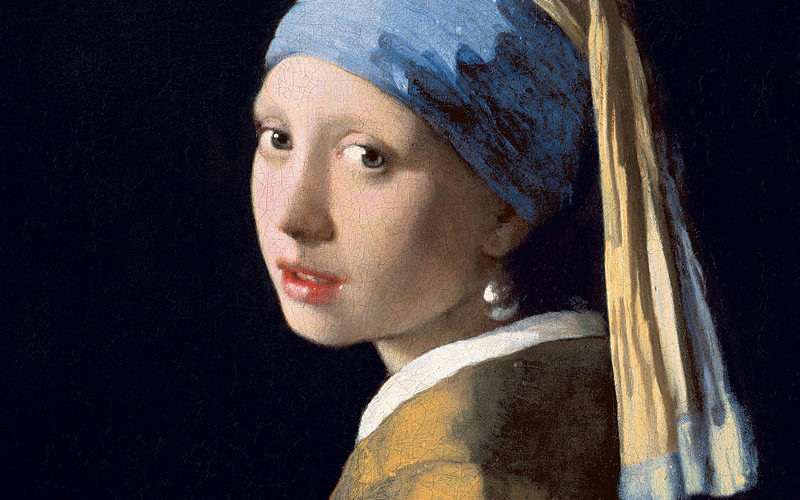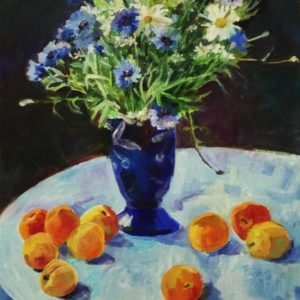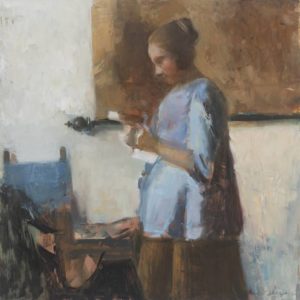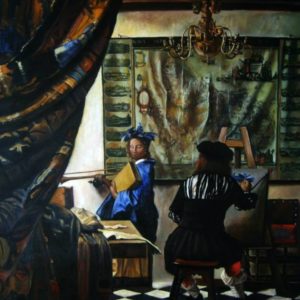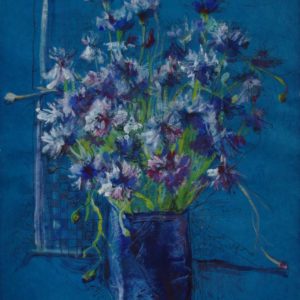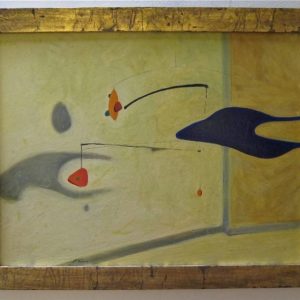Color Story
Vermeer’s Love for Cornflower Blue
Dutch painter Johannes Vermeer had a penchant for costly pigments, which came at a personal cost—when he passed, he left his wife and children with a sizable amount of debt. One of his favorite pigments is called ultramarine, extracted from the semi-precious stone lapis lazuli, which was imported into Europe from Afghanistan. While the pigmented form of ultramarine may be closer to artist Yves Klein’s eponymous hue of blue, the manner in which Vermeer mixed the color is now colloquially referred to as the shade cornflower blue.
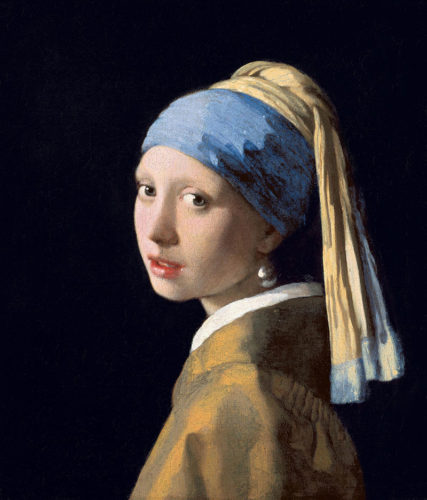
Vermeer was not shy with his use for this expensive pigment and used it generously in his works. A prime example is Girl With a Pearl Earring, his most well-known work, in which the subject is shrouded in a turban in an emblematic hue of cornflower blue. The color continued to be a recurring feature in Vermeer’s works, sometimes showing through in an ever so subtle manner through shadows on flesh. This can be seen through an up-close view of The Music Lesson:

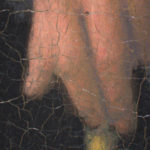
Other examples of Vermeer’s works paying homage to this color include the following:
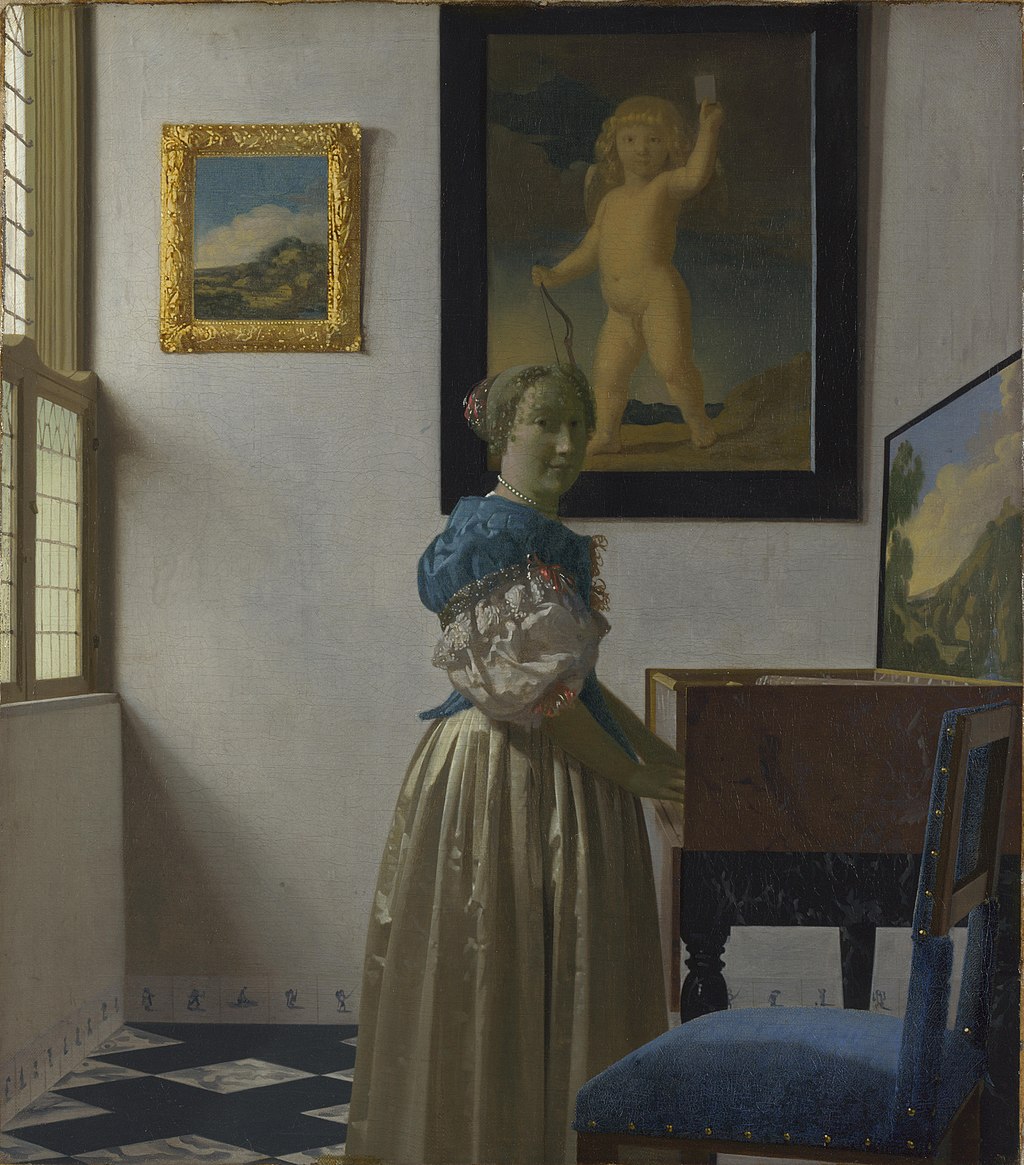

Since Vermeer’s passing, many artists of note have also used cornflower blue in their works, including Henri Mattise with The Blue Window and Agnes Martin with her minimalist color field work, This Rain. While there are several other luminaries that have employed this color, Vermeer’s affinity is especially noteworthy considering the scarcity and cost of the pigment required.
